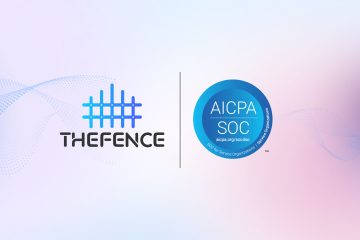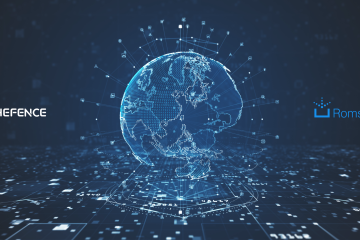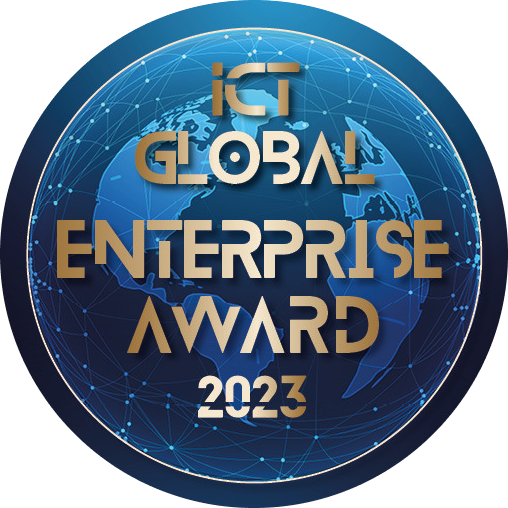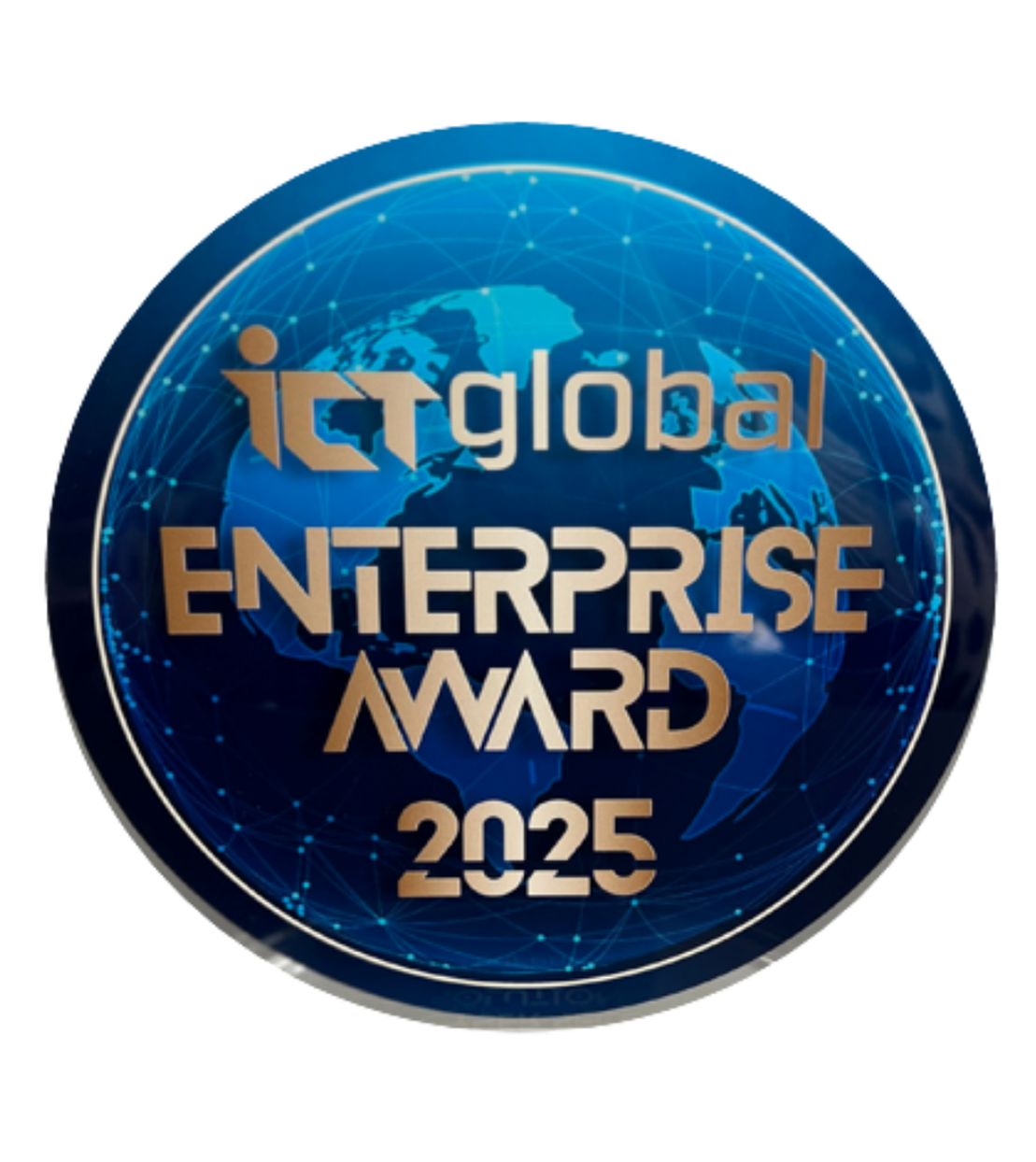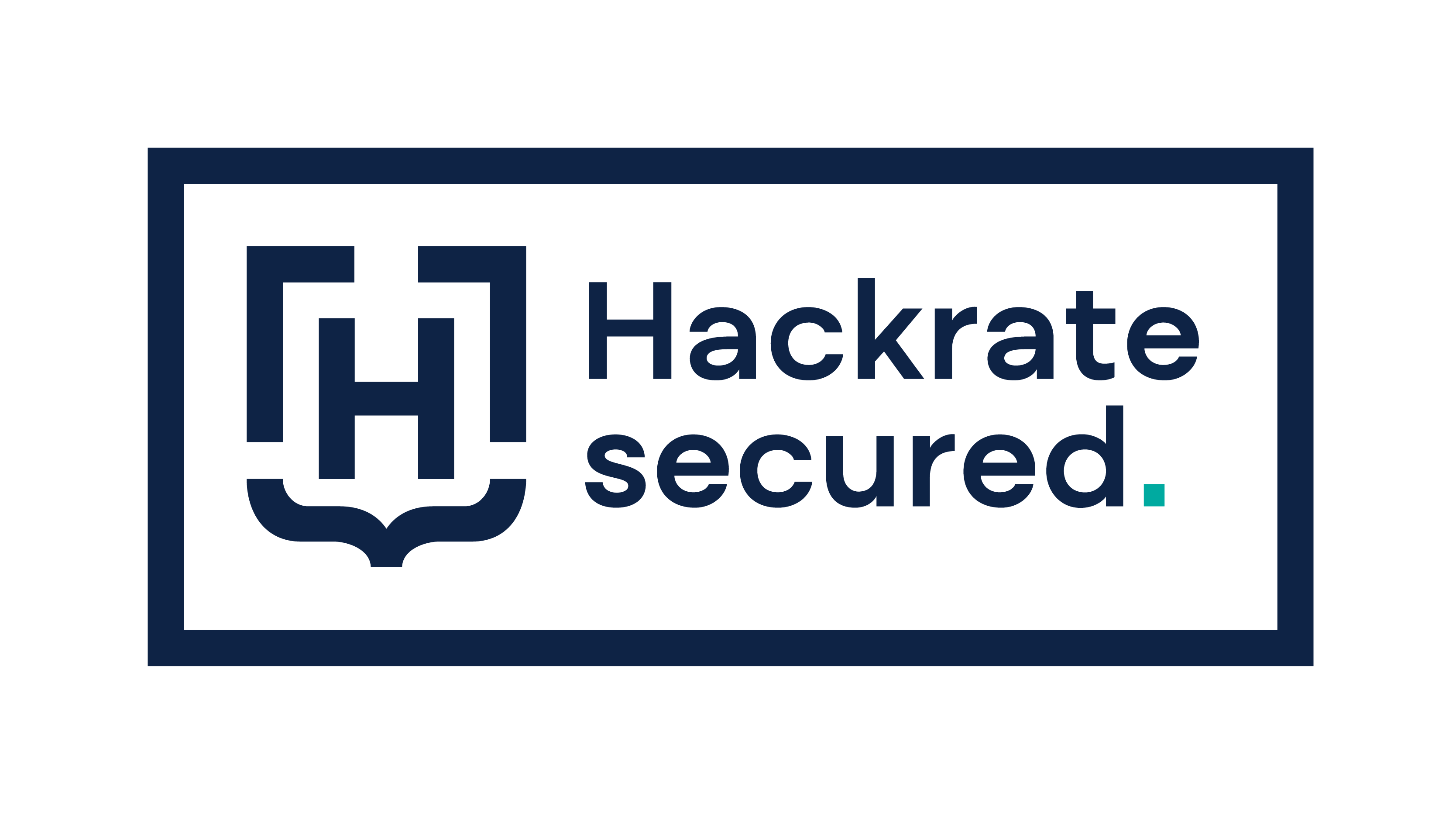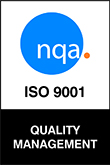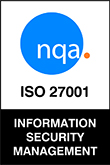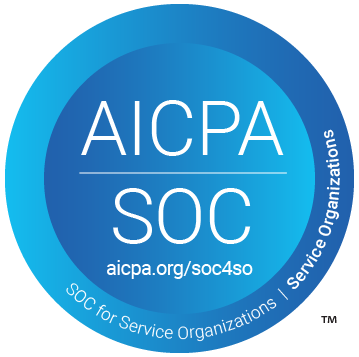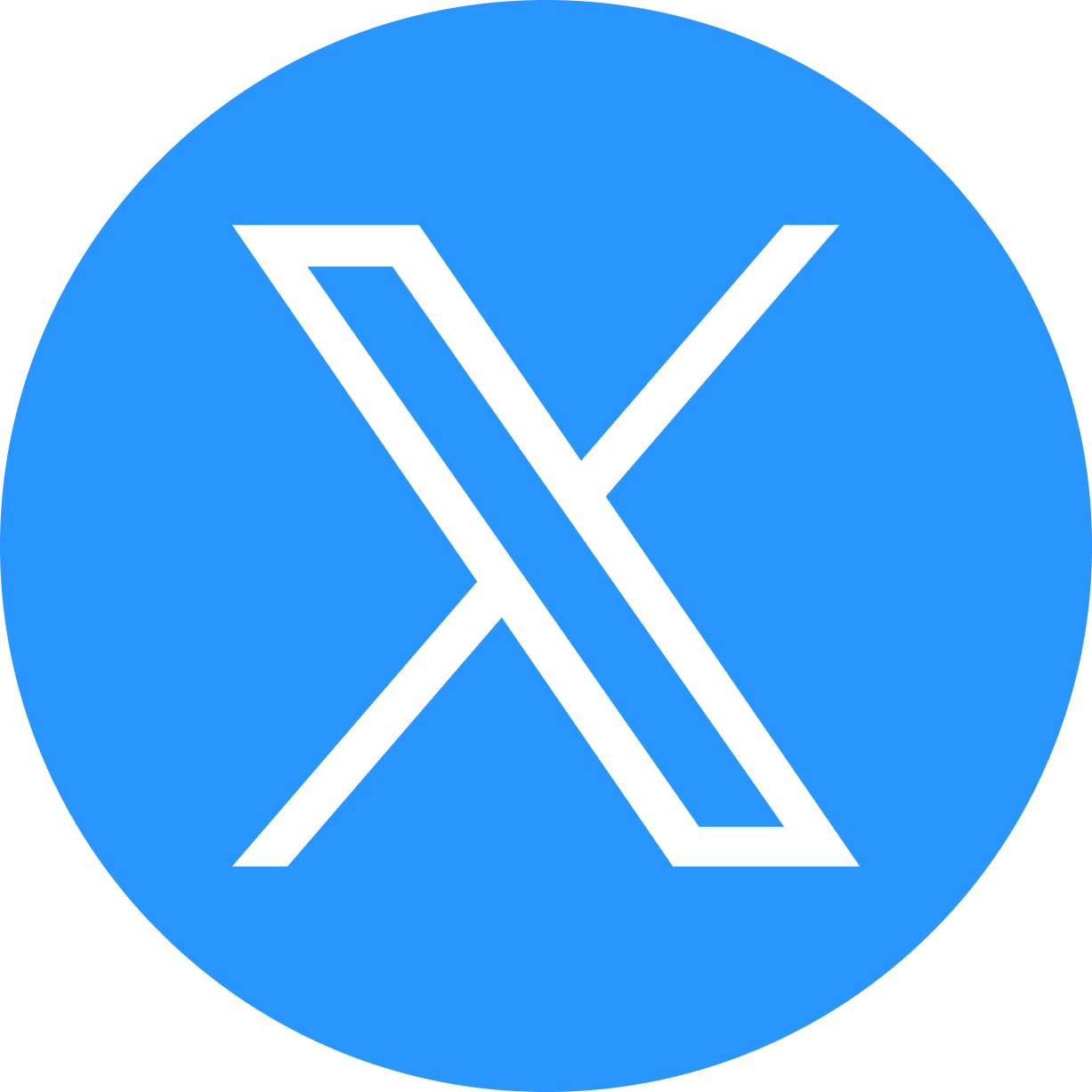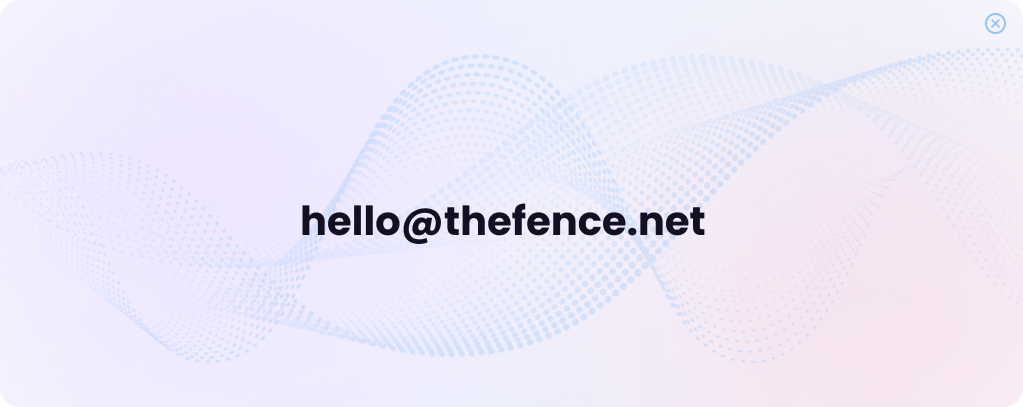In today’s digital workplace, one of the biggest cybersecurity risks doesn’t come from hackers — it comes from within the organization. Poorly managed user access, excessive permissions or forgotten accounts can quickly lead to compliance violations or even data breaches.
That’s why Identity and Access Management (IAM) is no longer just an IT concern — it’s a shared responsibility between HR and IT. Together, these teams ensure that the right people have the right access, at the right time, and for the right reasons.
-
IAM in Onboarding: How HR Can Grant Only the Necessary Access
When a new employee joins, the onboarding process often begins in HR. This is where user identities are created, and access privileges are defined.
The most effective approach is role-based access control (RBAC) — where each role has predefined permissions to systems, applications, and data.
This ensures:
- Employees receive only the permissions relevant to their role,
- Over-privileged accounts are minimized,
- Audit trails remain clear for compliance and reviews.
Implementing the Principle of Least Privilege (PoLP) here is crucial. It limits users to the minimum access required to do their job — reducing attack surfaces and supporting compliance.
-
Managing Access During Employee Transfers: HR–IT Best Practices
When employees move between departments, they often receive new access rights — but their old permissions are rarely revoked.
These orphaned privileges create insider risks and compliance issues.
To prevent this:
- Every role change should automatically trigger an access review.
- HRIS (Human Resource Information Systems) should be integrated with IAM tools to instantly update permissions.
- Access should be adjusted automatically across all applications.
This alignment ensures employees only retain access that matches their current responsibilities.
-
Shared Responsibility: HR + IT = Stronger Security
Who owns access management — HR or IT?
The answer: both.
- HR knows who’s employed, their roles, and when they leave.
- IT enforces permissions, manages credentials, and ensures compliance.
Together, they form a dual-control model that strengthens governance and reduces insider threats.
Regular joint audits comparing HR’s employee records with IT’s access lists help catch inconsistencies early.
-
Building Cybersecurity Awareness Across the Workforce
Even the best IAM systems can fail if employees don’t understand basic cyber hygiene.
HR plays a leading role in building a security-aware culture by:
- Reinforcing strong passwords and multi-factor authentication (MFA),
- Educating staff not to share or reuse credentials,
- Including cybersecurity training in onboarding and annual compliance programs.
When HR champions security awareness, cybersecurity becomes an organizational mindset, not just an IT policy.
-
Offboarding: Closing the Security Loop — and Cutting Costs
The offboarding phase is one of the most critical moments in the access management lifecycle.
If an employee leaves but their access remains active, it can lead to data breaches, license waste, and unnecessary costs.
Inactive accounts:
- Consume paid software licenses,
- Increase administrative overhead,
- Create security blind spots vulnerable to exploitation.
A well-designed HR–IT workflow ensures that once HR marks an employee as inactive, IAM systems automatically revoke access to:
- Email, collaboration tools, and VPN,
- Business applications,
- Physical or remote access credentials.
Automation here not only boosts security but also reduces operational and subscription costs.
-
Authentication vs. Authorization: Understanding the Layers
These two IAM concepts are often confused but serve distinct functions:
- Authentication verifies who the user is (via password, biometrics or MFA).
- Authorization defines what they can do once authenticated.
Both layers are essential to prevent unauthorized access or privilege escalation — ensuring users only reach what’s relevant to their role.
-
The Principle of Least Privilege (PoLP)
A foundational concept in IAM, PoLP means granting users only the minimal level of access necessary to perform their duties.
For example:
- A payroll specialist doesn’t need access to development repositories.
- An IT administrator shouldn’t see confidential HR data.
Consistent application of PoLP reduces exposure, prevents insider threats, and ensures regulatory compliance while maintaining operational efficiency.
-
Compliance and Access Governance: GDPR, DORA, SOX, and More
Effective IAM supports not just security – but compliance.
HR and IT collaboration ensures organizations meet key regulatory standards, including:
- GDPR – restricting access to personal data to authorized personnel only.
- ISO/IEC 27002 – requiring structured access provisioning and periodic reviews.
- DORA – improving operational resilience and identity governance in finance.
- HIPAA – safeguarding personal and health data in healthcare organizations.
- SOC 2 – verifying access control and audit processes.
- NIS2 – enforcing EU-wide cybersecurity measures.
- SOX – demanding transparency and auditability in access management.
For HR, this means maintaining up-to-date employee role documentation and supporting IT with ongoing access reviews and audit trails.
-
Automating Access Revocation and Continuous Monitoring
Automation is the backbone of modern access governance.
By integrating HRIS with IAM systems, organizations can automate:
- Account creation and deactivation,
- Access modification during transfers,
- Continuous audit reporting.
Regular reviews help identify:
- Dormant accounts,
- Over-privileged users,
- Access deviations from defined role templates.
This proactive approach transforms access management from a reactive task into a continuous control process — vital for compliance and resilience.
-
Security as a Shared Culture
Effective access management isn’t just about technology — it’s about people, trust, and process alignment.
When HR and IT collaborate, organizations gain both compliance and resilience.
The formula for success:
Automation + Transparency + Collaboration = Sustainable Security
Cybersecurity doesn’t start with firewalls — it starts with how we manage and empower people.
TheFence™ IDM Smart: Simplifying HR–IT Collaboration
TheFence™ IDM Smart is a cost-effective, modular, and rapidly deployable Identity and Access Management (IAM) solution designed to bridge the gap between HR and IT.
It manages the entire user access lifecycle — from onboarding to offboarding — accelerating approvals and eliminating provisioning delays.
Why TheFence™ IDM Smart?
- Cost-effective & modular – pay only for the functionality you need.
- Seamless HR–IT integration – connects easily with HRIS and ticketing tools like Jira Cloud.
- Automated user management – instant provisioning and deprovisioning reduce risk.
- Audit-ready reporting – supports GDPR, ISO, SOX, and NIS2 compliance.
- Scalable architecture – built for SMEs and enterprises alike.
With TheFence, HR and IT teams can collaborate more efficiently, maintain security and compliance, and deliver a seamless, secure digital employee experience.
Learn more about how TheFence™ IDM Smart can transform your access management strategy — making IAM simple, compliant, and cost-efficient.
